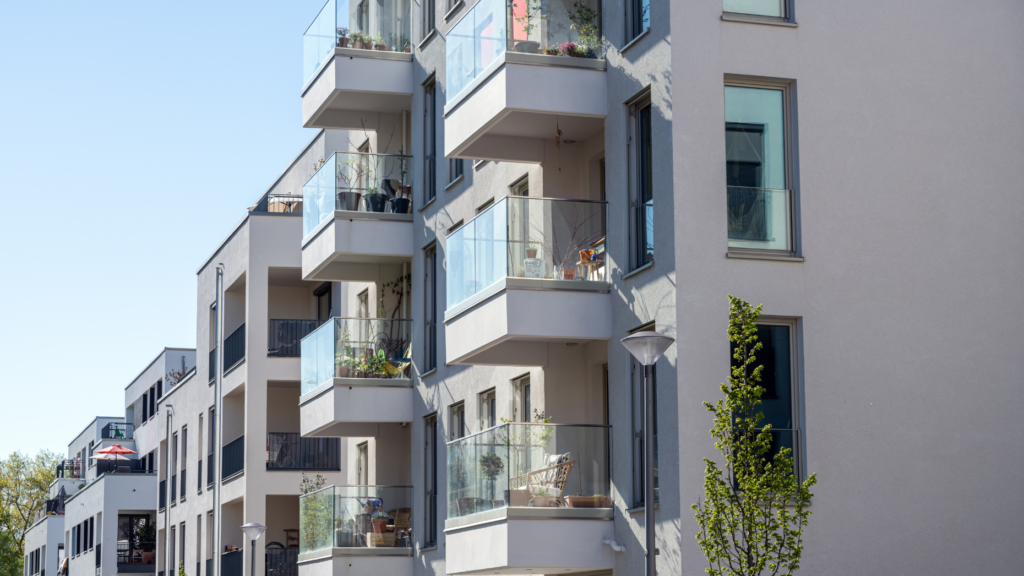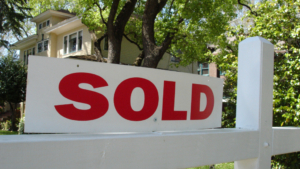

With apologies to city dwellers, suburbia is back. Of course, they’re getting nowhere, considering that since the 1970s more Americans have lived in suburbs than in cities. Yet many people accuse suburbs of being bland and drab, where life and energy are lost in manicured lawns. Maybe the suburbs just need a better press secretary.
But it turns out that people like the suburbs, and are increasingly willing to say so. Axios called suburbs “America’s Unexpected Revival.” Bank of America calls the United States “Suburban country,” As many as 45% of Millennials hope to buy a home there.
Bloomberg reports that suburbs are becoming more diverse,AND New York Times declare “The era of urban supremacy is over.”
With a housing shortage and mortgage rates continuing to rise, potential homeowners remain renters even if they relocate. Suburban multifamily housing continues to grow substantially, particularly in the single-family and build-to-rent markets. So, what does this mean for multifamily real estate investors?
While the buying climate continues to be chaotic, entrepreneurial investors are looking for opportunities in the suburbs. Viable buying opportunities arise in areas with stable or growing job markets, an influx of young families, and underdeveloped areas.
Smart investors who understand the submarket and focus locally can find valuable investments. Here’s how we look for opportunities in the suburban multifamily market.
Why multifamily buying opportunities exist
While capital markets continue to present challenges for real estate investors, discerning buyers can still find valuable properties. Interest rates and low inventory remain a concern for everyone, including institutional investors who are hoarding capital or reallocating it to investments. So we see fewer investors in the market, which is good for startup investors.
Some prices have declined over the past few years as competition for assets has decreased and interest rates have remained high. We are seeing interesting deals in multifamily properties, particularly suburban properties that may need renovations.
Investors willing to develop a flagging property in line with today’s demand can turn it into a rental growth product. Suburban properties are often easier for developers to acquire land, develop and maintain. Developers are also finding that suburbs are easier to expand into (more on that later).
Of course, there are fewer deals entering the market today, so competition for new products remains fierce. However, startups that do their due diligence can find deals as long as they know where to look.
Location is also important for multifamily housing
Investors know that although 85% of apartments are located in suburban areas, Based on real page, not everything is booming. Successful investors analyze submarkets for demographic and demographic changes, job growth, and amenities. They are looking for places to invest.
For example, in suburban Chicago, some developers Renovate unused office space Enter housing. Philadelphia suburbs now surround the city in a one-hour drive radius and cover three states, each with their own personality and flavor.as philadelphia magazine notesThe Lehigh Valley region of eastern Pennsylvania considers itself to be a suburb of Philadelphia and New York.
Some markets are growing faster than real estate construction. look at indianapolis. At the same time, we see places where multifamily products are oversaturated, and Austin, Texas, is one of them. The best buying and development opportunities are often in submarkets where inventory is tight and there are fewer projects scheduled.
The Midwest offers some opportunities, especially in terms of rental growth, as it lacks new multifamily supply. But wherever investors focus, they also need to understand the new generation of renters.
Understand the new multifamily market
As Hyojung Lee, assistant professor of housing and property management at Virginia Tech, says, Tell Axios”, “We always think of Millennials as urban people, living in apartments, using Uber, going out to brunch. But it turns out they’re not that cool anymore. “
They can be in suburbs that now have not just brunch but many of the jobs, services and amenities that cities have long claimed. As a result, Millennials are forgoing high rents and cramped apartments in favor of spaces (indoors and outdoors) that their grandparents built in the 1950s.We are restoring things like “Donut Effect” and coined new terms, e.g. “Zoom Town” Let’s explain our transfer to the outer suburbs and suburbs.
Of course, finances also play a role. Millennials and other city dwellers, feeling beset by high rents and housing prices in cities, are choosing to rent in the suburbs. Typically, the rent is more affordable, the space is larger, and the kids have room to play.
However, today’s suburbanites also seek to import certain aspects of urban lifestyle. They want properties with built-in recreational amenities such as fitness centers and yoga studios, common spaces for co-working and socializing, as well as dining, shopping and entertainment facilities. Multifamily properties with these options have higher occupancy rates and higher rents.
Ultimately, renters want a house even if they don’t own it. This desire reflects the growing trend in multifamily housing.
Consider a build-to-rent model
While the single-family rental market is certainly nothing new, it is booming as young families and retired downsizers discover its advantages. In 2023, MZ Capital Partners purchased the Devanshire Residential Community in West Knoxville, Tennessee, an 87-home community that was generating strong demand. We are looking to invest in more single-family rental properties, while other developers are rushing into build-to-rent properties.
Build-to-rent communities composed entirely of single-family rental homes fill a needed space in the suburban market. Residents combine the benefits of renting with a single-family lifestyle without having to replace their roof. Developers and institutional investors can benefit from increased scale, which is more difficult in the single-family market. Startups should also consider tapping into this market.
The National Association of Realtors concludes that build-to-rent is “change” Shaping the multifamily landscape by uniquely addressing the national housing shortage. According to CBRE, Build-to-rent is a growth area We’ve addressed many of the reasons: suburban demand, Millennial interest, and Baby Boomer downsizing. Despite high construction costs, build-to-rent forecasts remain good as supply remains limited.
Even after a series of economic experiments we’ve seen over the past few years, multifamily housing remains a healthy long-term investment. As the suburbs cool down again, investors need to look there. It’s okay to like the suburbs, and it’s a smart idea to consider investing in them.
Michael H. Zaransky is founder and managing principal of MZ Capital Partners in Northbrook, Illinois. The company was founded in 2005 and primarily owns multifamily properties.
Get Inman’s Real Estate Portfolio newsletter delivered straight to your inbox. A weekly roundup of the news real estate investors need to stay ahead of the curve, published every Tuesday. Click here to subscribe.


